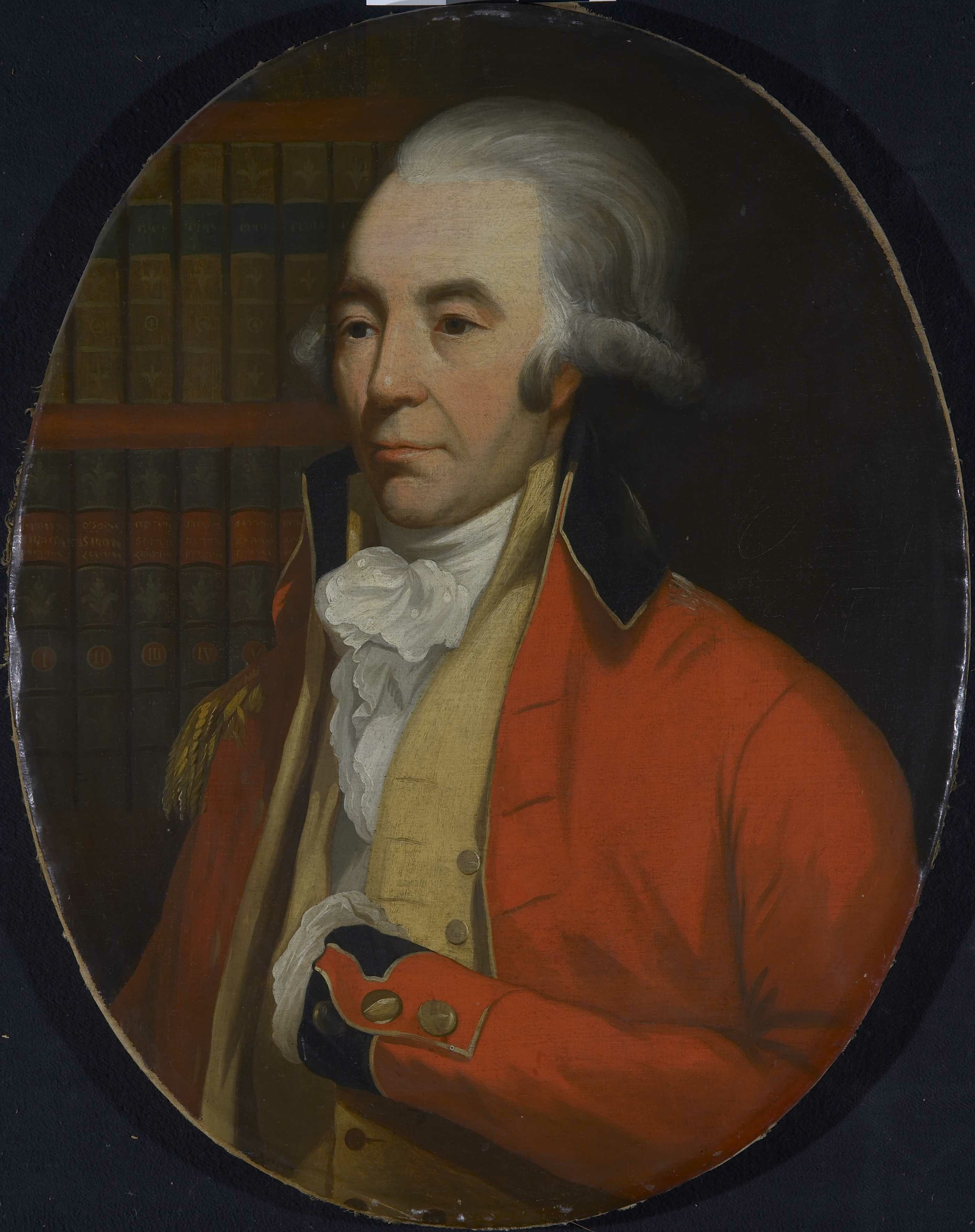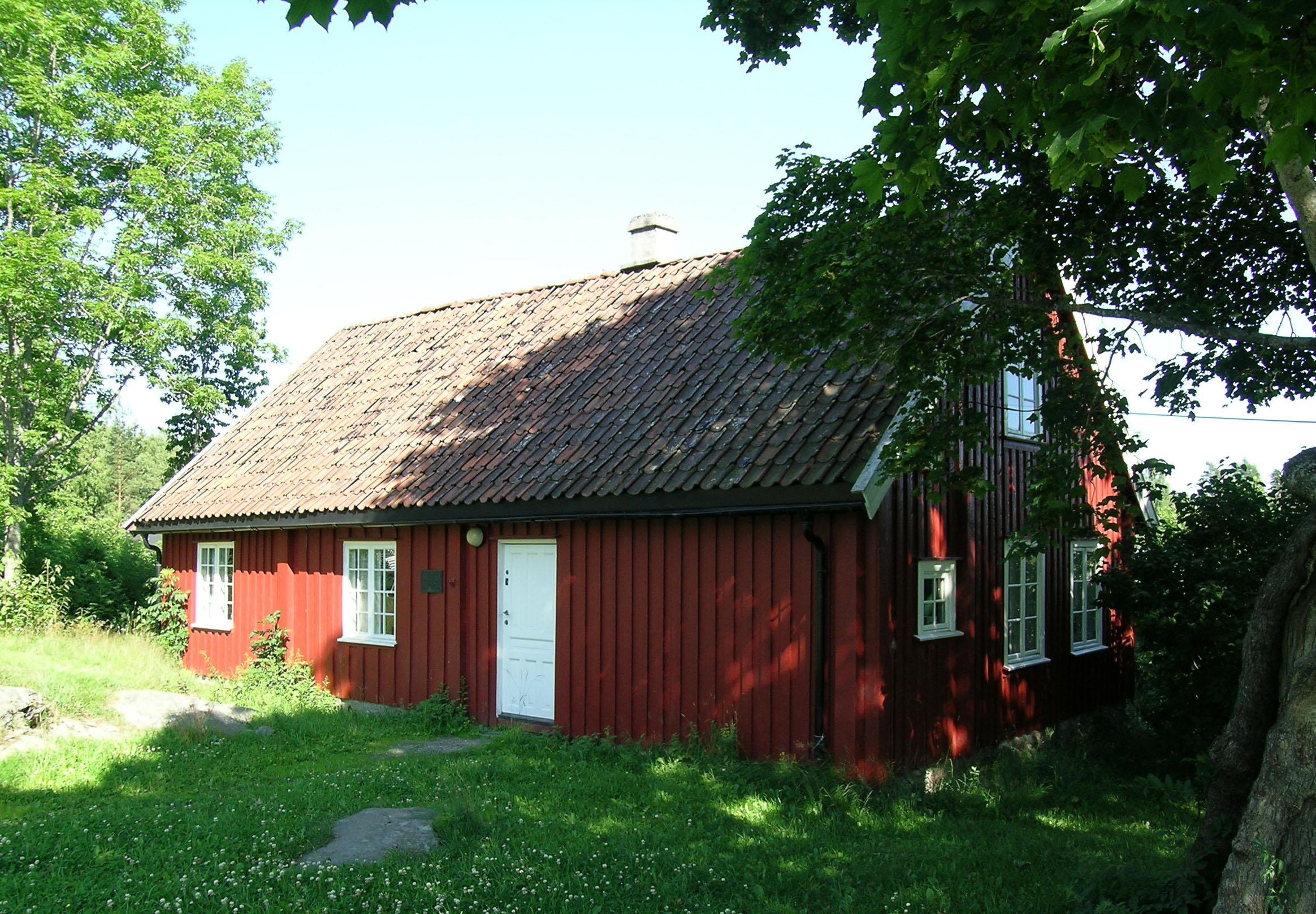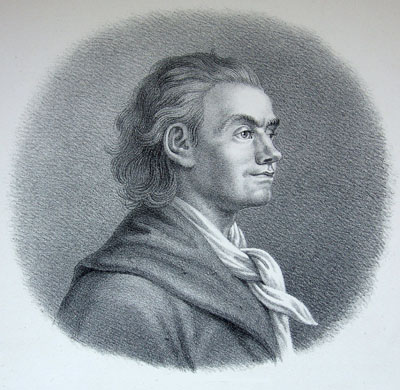|
Vestby
Vestby is a municipality in former Akershus now Viken county, Norway. It is part of the Follo traditional region. The administrative centre of the municipality is the village of Vestby. General information Name The municipality (originally the parish) is named after the old ''Vestby'' farm (Old Norse: ''Vestbýr''), since the first church was built here. The first element is ''vestr'' which means "west" and the last element is ''býr'' meaning "farm". The neighbouring farms have the names ''Østby'' ("eastern farm"), ''Sunnby'' ("southern farm"), and ''Nordby'' ("northern farm"); and they must all four be the parts of a bigger and older farm, whose name is now unknown. Coat-of-arms The coat-of-arms is from modern times. They were granted on 18 June 1982 and designed by Bjørn Linnestad. The arms show three gold bottony crosses on a red background, two over one. They represent the three original parishes in the municipality: Vestby, Garder, and Såner. At the same time they ... [...More Info...] [...Related Items...] OR: [Wikipedia] [Google] [Baidu] |
Caspar Wessel
Caspar Wessel (8 June 1745, Vestby – 25 March 1818, Copenhagen) was a Danish–Norwegian mathematician and cartographer. In 1799, Wessel was the first person to describe the geometrical interpretation of complex numbers as points in the complex plane and vectors. Biography Wessel was born in Jonsrud, Vestby, Akershus in Norway to pastor Jonas Wessel (1707 - 85) and Helene Marie Schumacher (1715 - 89). Helene came from Drammen and was of Griffenfeldts heritage. Growing up in Wesselstuen in Vestby he was one of thirteen children in a family. His brothers include Johan Herman Wessel and Ole Christopher Wessel. Wessel is the grandnephew of the nobleman Peter Tordenskjold, brother in law of Maren Juel and the great-great-great-grandfather to the famous radio engineer Jan Wessel. In 1763, having completed secondary school at Oslo Cathedral School, he went to Denmark for further studies. He attended the University of Copenhagen to study law, but due to financial pressures, could do ... [...More Info...] [...Related Items...] OR: [Wikipedia] [Google] [Baidu] |
Son, Norway
Son is an old town, and a former municipality. It is located in Vestby municipality in Akershus. Overview Son is located at the Oslofjord, 50 kilometres south of the Norwegian capital Oslo, just north of Moss and near the border of Østfold, and is located west of the village of Hølen. Before the merge with Vestby the number of inhabitants in Son was about 800–900 (1940). Today, Son, including Store Brevik has 5035 inhabitants (2006). Son, together with the village of Hølen, was established as a municipality January 1, 1838 (see formannskapsdistrikt). Son and Hølen were separated as municipalities of their own January 1, 1848. On January 1, 1964, Son was merged with Vestby and then lost its status as a town (ladested). u:n ''Son'' is probably the old name of the river Hølenselva ( Norse ''*Són''). Some distance up this river lies the parish Såner ( Norse ''Sánar''), and this name is most likely the plural of ''*Són''. In Norse literature is the word ''són'' u ... [...More Info...] [...Related Items...] OR: [Wikipedia] [Google] [Baidu] |
Municipalities Of Norway
Norway is divided into 11 administrative regions, called counties (''fylker'' in Norwegian, singular: ''fylke''), and 356 municipalities (''kommuner/-ar'', singular: ''kommune'' – cf. communes). The capital city Oslo is considered both a county and a municipality. Municipalities are the atomic unit of local government in Norway and are responsible for primary education (until 10th grade), outpatient health services, senior citizen services, unemployment and other social services, zoning, economic development, and municipal roads. Law enforcement and church services are provided at a national level in Norway. Municipalities are undergoing continuous consolidation. In 1930, there were 747 municipalities in Norway. As of 2020 there are 356 municipalities, a reduction from 422. See the list of former municipalities of Norway for further detail about municipal mergers. The consolidation effort is complicated by a number of factors. Since block grants are made by the national ... [...More Info...] [...Related Items...] OR: [Wikipedia] [Google] [Baidu] |
Follo, Norway
Follo (old spelling Foldouge) is one of three traditional and judicional districts in the former fylke (county) of Akershus, Norway - south east of Oslo towards the former county of Østfold, the other two regions being Romerike (east of Oslo following european route E6 going east and then north in Norway) and Asker og Bærum (west of Oslo). Follo borders Oslo to the North-West, fellow Akershus district Romerike to the North-East and East, and Østfold to the south. The municipalities of Frogn and Vestby have coast lines along the Oslofjord. Ås and Oppegård have coast lines along the Bunnefjord (a part of the Oslofjord that extends south-east), and Nesodden has coast lines along both fjords. In the displayed map of Akershus, the municipalities are numbered. Follo consists of: Nesodden (13), Frogn (7), Vestby (21), Oppegård (15), Ås (22), Ski (18), and Enebakk (5). Follo covers around 819 km², and had a population of 121 368 on October 1, 2007. As with other traditi ... [...More Info...] [...Related Items...] OR: [Wikipedia] [Google] [Baidu] |
Akershus
Akershus () is a traditional region and current electoral district in Norway, with Oslo as its main city and traditional capital. It is named after the Akershus Fortress in Oslo. From the middle ages to 1919, Akershus was a fief and main county that included most of Eastern Norway, and from the 17th century until 2020, Akershus also had a more narrow meaning as a (sub) county that included most of the Greater Oslo Region. After 2020 the former county of Akershus was merged into Viken along with the former counties of Østfold and Buskerud. In 2022 the Storting voted to dissolve Viken and reestablish Akershus county. Originally Akershus was one of four main fiefs in Norway and included almost all of Eastern Norway. The original Akershus became a main county (''Stiftamt'' or ''Stift'') in 1662 and was sometimes also known as ''Christiania Stift''. It included several subcounties (''Amt'' or ''Underamt''); in 1682 its most central areas, consisting of modern Oslo and Akershus, beca ... [...More Info...] [...Related Items...] OR: [Wikipedia] [Google] [Baidu] |
Hvitsten
Hvitsten is a former town in Akershus county, Norway, located between Drøbak and Son. It is the smallest town that has ever existed in Norway: In 1951 it had 76 inhabitants, and an area of just 0.07 km2. Due its size it could not be established as a municipality of its own, and it had to be a part of the rural municipality of Vestby. Hvitsten lost its status as a town January 1, 1964. The place is probably most known for the TV-show «Neste Sommer», which was filmed in this Area. The name The town was named after the old farm Hvitsten ( Norse ''Hvítisteinn''), since it was built on its ground. The first element is ''hvítr'' 'white', the last element is ''steinn'' m 'stone, rock'. Notable people Edvard Munch bought the property Nedre Ramme in 1910 and created some well-known works there before it was taken over by the invading Germans during World War II. Fred. Olsen & Co. are also connected to Hvitsten where they have the family place Lysedal. The Hvitsten chapel (bui ... [...More Info...] [...Related Items...] OR: [Wikipedia] [Google] [Baidu] |
Hølen
Hølen is a village and former town and municipality in Akershus county, Norway. Hølen was in early times known for the production of timber, and from the 17th century important trade took place. Timber was floated on the river Såna. Ships from the Netherlands visited the place. The small town of Hølen was, together with the small town of Son, established as a municipality January 1, 1838 (see formannskapsdistrikt). Son and Hølen were separated as municipalities of their own January 1, 1848. Hølen was merged with the rural municipality Vestby July 1, 1943 – and it then lost its status as a town. Hølen is the smallest municipality (in area) that has ever existed in Norway – the total area was just 0.12 km2. The Østfold Line was completed in 1879. It was placed on the Hølen Viaduct The Hølen Viaduct ( no, Hølen viadukt) is a disused iron railway viaduct situated at Hølen in Viken (county), Viken county, Norway. The iron carried a single track o ... [...More Info...] [...Related Items...] OR: [Wikipedia] [Google] [Baidu] |
Garder
Garder is a parish and village in Vestby municipality, Akershus county, Norway Norway, officially the Kingdom of Norway, is a Nordic country in Northern Europe, the mainland territory of which comprises the western and northernmost portion of the Scandinavian Peninsula. The remote Arctic island of Jan Mayen and t .... The name The parish is named after the old farm Garder ( Norse ''Garðar''), since the first church was built there. The name is the plural of ''garðr'' 'fence; farm'. Villages in Akershus Vestby {{akershus-geo-stub ... [...More Info...] [...Related Items...] OR: [Wikipedia] [Google] [Baidu] |
Ole Christopher Wessel
Ole Christopher Wessel (12 January 1744 – 26 December 1794) was a Norwegian jurist, civil servant and landowner. He was born in Vestby in Akershus as the son of parish priest Jonas Wessel (1707-1785) and Helene Marie Schumacher (1715-1789). He was a brother of poet Johan Herman Wessel and cartographer Caspar Wessel. In 1757, he entered Christiania Cathedral School after which he was enrolled at the University of Copenhagen. In 1770, he received the job of assessor and rose through the ranks via Court of Justice, until he in 1790 was Chief Justice. He was married to Helene Carlsen Barclay from 1779 to 1790. They parted in 1790 and in 1791 he married Maren Juel (1749-1815), Norway's wealthiest woman, and thus became owner of the estates Hafslund Manor and Borregaard Manor in Sarpsborg as well as Stubljan in Nordstrand Nordstrand may refer to: Places ;Germany * Nordstrand, Germany, a peninsula in Germany * Nordstrand (Amt), a former municipality in Nordfriesland, German ... [...More Info...] [...Related Items...] OR: [Wikipedia] [Google] [Baidu] |
Johan Herman Wessel
Johan Herman Wessel (6 October 1742 – 29 December 1785) was an 18th-century Danish-Norwegian poet, satirist and playwright. His written work was characterized by the use of parody and satiric wit. Biography Wessel was born and raised at Vestby in Akershus, Norway. He was the son of Jonas Wessel (1707–1785) and Helene Maria Schumacher (1715–1789). His father was a parish priest. He was one of thirteen children in a family. His younger brothers included mathematician Caspar Wessel (1745–1818) and jurist Ole Christopher Wessel (1744–1794) His sister-in-law was landowner Maren Juel (1749–1815) and naval hero Peter Tordenskjold (1690–1720) was his grand uncle. He entered attended Oslo Cathedral School in 1757 followed by the University of Copenhagen in 1761. At the university, he studied foreign languages. He later made a living principally as a tutor and translator. He lived most of his somewhat bohemian life in Copenhagen, dependent on casual work and weakened ... [...More Info...] [...Related Items...] OR: [Wikipedia] [Google] [Baidu] |
Såner
Såner is a parish and village in Vestby municipality, Viken county, Norway. The name The parish is named after the old farm Såner ( Norse ''Sánar''), since the first church was built there. The name is probably the plural form of an old rivername (see under Son A son is a male offspring; a boy or a man in relation to his parents. The female counterpart is a daughter. From a biological perspective, a son constitutes a first degree relative. Social issues In pre-industrial societies and some current c ...). Until 1921 the name was written "Saaner". Citations *Godal, Anne Marit (ed.)."Såner" '' Store norske leksikon''. 10 March 2009. Web. 21 June 2011. Villages in Akershus Vestby {{akershus-geo-stub ... [...More Info...] [...Related Items...] OR: [Wikipedia] [Google] [Baidu] |
Erik Bodom
Erik Bodom (September 28, 1829 – 16 April 1879) was a Norwegian landscape painter. Biography Erik Bodom was born in Vestby in Akershus, Norway. He was a pupil at the Oslo Cathedral School, but shortly left school to educate himself as a painter. He attended the Royal Drawing School, studying under Johannes Flintoe during 1847. He was a student of Hans Gude during 1848. In 1850, he traveled to Düsseldorf, where he made rapid progress. In 1852, he sold a landscape painting ''Aus dem Bondhusthal'' (''From the Bondhusdalen''), to Bridgewater Gallery in London. The following year, he became an honorary member of the Royal Academy in Amsterdam. Bodom developed a distinctly romanticized form of landscape painting. He painted in a style similar to that associated with August Cappelen, who was noted for his melancholic and romantic landscape paintings. Bodom often featured scenes from the coniferous forests of Eastern Norway. The composition of such images frequently featured landsca ... [...More Info...] [...Related Items...] OR: [Wikipedia] [Google] [Baidu] |



